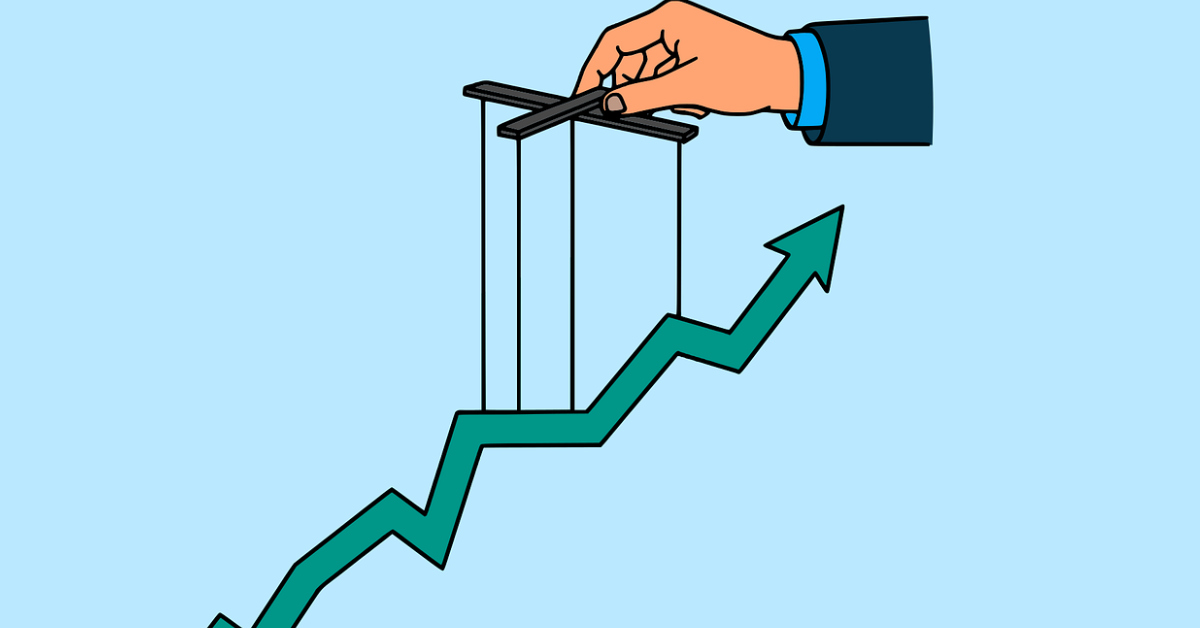E-commerce is evolving faster than ever, and 2025 is poised to be a transformative year. With innovations in technology and shifts in consumer behavior, online shopping will look and feel dramatically different. Whether you’re a small business owner, an e-commerce manager, or just someone curious about the future of digital retail, here are seven trends shaping the future of e-commerce in 2025 that you can’t afford to ignore.
1. Hyper-Personalization Through AI and Machine Learning
Goodbye One-Size-Fits-All, Hello Tailored Experiences
Imagine visiting an online store that knows your size, style, preferred price range, and even what colors you tend to favor in spring. In 2025, AI will make this a reality. Powered by machine learning, e-commerce platforms are using predictive analytics to deliver personalized shopping experiences.
Real-World Example
Netflix and Spotify have already set a precedent with recommendation engines. Now retailers like Amazon and Shopify-powered stores are using similar AI to recommend products based on browsing behavior, past purchases, and even sentiment analysis from customer reviews.
Expert Insight
“The future of e-commerce lies in treating each customer as a segment of one,” says Sarah Tran, Chief Data Scientist at AICommerce. “Retailers that leverage machine learning to anticipate needs will win customer loyalty.”
2. The Rise of Augmented Reality (AR) Shopping
Try Before You Buy—From Your Living Room
Augmented Reality is eliminating one of online shopping’s biggest drawbacks: not being able to try things out. In 2025, AR tools let customers virtually place furniture in their home, try on makeup, or see how a pair of shoes looks on their feet.
Use Case: IKEA and Sephora
IKEA’s AR app lets customers visualize furniture placement, reducing returns and boosting satisfaction. Sephora’s Virtual Artist does the same for makeup.
Why This Matters
Products that are tried virtually see 40% fewer returns, according to a 2024 report by Statista. This not only improves the customer experience but also slashes logistics costs for retailers.
3. Voice Commerce: Shopping Without a Screen
“Alexa, Reorder My Favorite Coffee.”
Voice search is no longer a gimmick. In 2025, voice commerce will account for over $40 billion in sales, as per a Forrester study. With the rise of smart assistants like Alexa, Google Assistant, and Siri, customers are shopping with their voices.
SEO Impact
Voice search queries are longer and more conversational. Optimizing for these queries means tailoring your content for natural language and questions like “What’s the best running shoe for flat feet?”
Actionable Tip
Make sure your product listings answer common questions directly. This helps with Google’s featured snippets and boosts your visibility in voice searches.
4. Sustainable and Ethical Shopping
Conscious Consumerism Is Here to Stay
Shoppers in 2025 want to know where their products come from. Transparency in sourcing, ethical labor practices, and eco-friendly packaging are no longer optional—they’re expected.
Brand Spotlight: Allbirds and Everlane
These brands have built their entire value proposition around sustainability, winning over Gen Z and Millennial shoppers.
Data Point
According to a 2024 Nielsen report, 73% of global consumers say they would change their consumption habits to reduce environmental impact.
5. Social Commerce is Exploding
Scroll, Tap, Buy: The Rise of In-App Shopping
Platforms like TikTok, Instagram, and Pinterest have integrated seamless in-app purchase features. Social commerce is projected to hit $1.2 trillion by 2025, according to Accenture.
How It Works
Influencers showcase products, and followers can purchase directly without leaving the app. TikTok Shop and Instagram Checkout are leading this revolution.
Real-World Example
A small fashion brand grew sales by 300% by partnering with micro-influencers on TikTok and using real-time live shopping features.
6. Seamless Omnichannel Integration
Blending Physical and Digital Worlds
E-commerce isn’t just about online anymore. In 2025, the best experiences are hybrid. Buy online, pick up in store (BOPIS), curbside pickup, and in-store returns for online orders are the new norm.
Big Players: Target and Walmart
These retail giants have nailed omnichannel strategies by integrating apps, stores, and fulfillment centers into one smooth operation.
Table: Omnichannel Features Comparison
| Feature | Amazon | Walmart | Target |
|---|---|---|---|
| BOPIS | ❌ | ✅ | ✅ |
| In-app AR View | ✅ | ❌ | ✅ |
| Voice Ordering | ✅ | ✅ | ❌ |
| In-store Returns | ❌ | ✅ | ✅ |
7. Faster, Smarter Fulfillment with Robotics and Drones
Speed is the New Loyalty
Customers in 2025 expect near-instant gratification. Thanks to robotics in warehouses and drone deliveries, same-day or even 2-hour delivery windows are becoming realistic.
Industry Example
Amazon’s Prime Air and Walmart’s drone partnership with Zipline are pushing the envelope, delivering packages faster and more efficiently.
Consumer Expectation
A 2025 survey by McKinsey shows that 62% of shoppers are more likely to buy if same-day delivery is available.
Final Thoughts: Embrace the Change or Fall Behind
The future of e-commerce in 2025 is not just digital—it’s intelligent, immersive, and incredibly fast. Whether it’s AI personalizing your homepage, AR helping you make confident choices, or drones bringing your order in minutes, the landscape is changing rapidly.
To stay competitive, brands must:
- Invest in personalization and automation
- Optimize for voice and social commerce
- Stay transparent and sustainable
- Embrace omnichannel models
The brands that adapt quickly to these trends will not just survive—they’ll thrive.
FAQs
Q: Is AI really replacing human customer service?
A: Not entirely—but 80% of routine queries will be AI-handled by 2025 (Gartner).
Q: How do I start with livestream shopping?
A: Test TikTok Live or Instagram Live with exclusive discounts.
Q: Are NFTs still relevant in e-commerce?
A: Yes—but now they’re utility-focused (VIP access, loyalty rewards).

